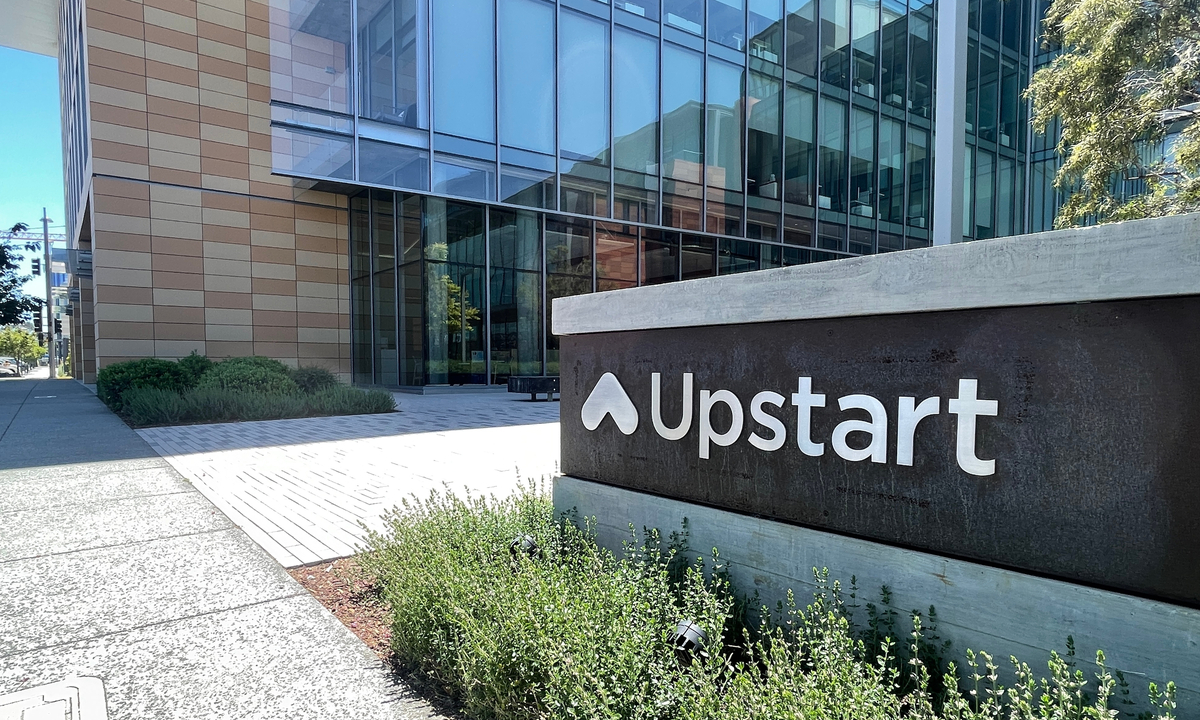When times get tough, it can be tempting to view back-office functions like accounts payable (AP) as targets for cost-cutting.
But in today’s financial climate, marked by uncertainty, supply chain friction and digital fraud, that view is becoming obsolete. CFOs across industries are reevaluating their appetite for risk. Not to eliminate it, but to manage it more strategically. At the heart of this recalibration is a quiet revolution in how companies process the most fundamental of transactions: paying their bills.
“AP is now a frontline lever for liquidity and resilience,” Ernest Rolfson, CEO and founder at Finexio, told PYMNTS in a discussion for the “What’s Next in Payments Series: Trade Offs.”
The logic is no longer just about reducing costs or manual keystrokes. It’s about speed, supplier trust and embedded payments intelligence. With economic headwinds buffeting sectors from manufacturing to higher education, firms are leaning on digitized, orchestrated payments to stabilize operations.
“There’s been a lot of turbulence,” Rolfson said. “Providing stability in the back office around visibility and predictability of your cash flow, payment acceptance and supplier statuses, that’s something we can help with.”
According to Rolfson, the value proposition for embedded AP payments has grown stronger in volatile markets, not weaker. Businesses want real-time insights into working capital, especially as interest rates remain high. And while cost-cutting is a near-universal pressure, companies increasingly see digital payments as a form of control and risk mitigation.
In fact, that theme of trade-offs comes up repeatedly. Are CFOs willing to give up some manual controls in favor of speed, savings and fraud protection?
Rolfson argued they already are. And they’re getting rewarded for it.
Hidden ROI of Ditching Check Run
AP has become a potent arena where finance leaders are willing to invest in intelligent, faster, revenue-generating payment infrastructure.
For its part, Finexio’s platform can replace costly manual payment processes with an embedded, end-to-end digital infrastructure that includes ACH, virtual cards, and proprietary faster-payment products like Finexio Express.
“Fifty percent of the financial return — cost and time savings — is just from eliminating the manual work,” Rolfson said. “The paper check, the printing, the phone calls, the button presses, the proverbial wheel crank.”
The other 50% comes from smarter payment methods. Products like Finexio Express not only offer faster payment options but allow buyers and suppliers to dynamically trade discounts for liquidity.
“That mix turns out to [produce] on average a 15 basis point saving on every dollar that is put through a digital solution,” Rolfson said. “And we’ve seen much higher than that.”
As interest rates remain high, working capital is king. That’s where Finexio’s payment orchestration strategy goes beyond automation. It becomes a tool for working capital optimization.
“Most companies are trying to get their check spend down to 30%, usually from 100%,” Rolfson said. He added that Finexio’s solutions can help clients triage: some suppliers may stay on check and accept slower payments, others choose to switch to digital for on-time or even early payments, with fees or discounts negotiated in advance.
“Digitized payments are intended to keep operations moving, even when markets aren’t,” he said.
Virtual Cards Go Mainstream
Still, going digital is not as easy for some firms as flipping a switch. That’s why Finexio was inspired to launch its “Card by Mail” virtual card strategy, which has achieved over 60% supplier acceptance rates, thanks to artificial intelligence (AI)-driven supplier enablement and AI-driven supplier targeting.
“We use machine learning to predict with greater than 90% accuracy a supplier’s ability to take card,” Rolfson said. “That’s phenomenal for smaller or long-tail suppliers that are hard to reach.”
In other words, Finexio’s AI isn’t just predictive — it’s embedded. It doesn’t just route payments — it drives intelligent outreach, matching payment methods with supplier capabilities in real time. Once a supplier is identified, they’re guided through a multichannel onboarding process.
“There’s no AP staff in the world that could productively and cost-effectively do that,” Rolfson stressed. “It’s embedded in the payment cycle. So, when a new supplier pops up, the AI flags it and the enablement team reaches out immediately.”
The result? Virtual card adoption becomes frictionless — and in some cases, even a selling point to retain preferred suppliers.
And as the B2B world advances, firms that used to ask if the books were closed are now asking what the data says. That’s a very different question, and embedded AP payments is a key part of the answer.




 Cyber Security3 weeks ago
Cyber Security3 weeks ago
 Cyber Security3 weeks ago
Cyber Security3 weeks ago
 Fintech3 weeks ago
Fintech3 weeks ago
 Artificial Intelligence3 weeks ago
Artificial Intelligence3 weeks ago
 Fintech3 weeks ago
Fintech3 weeks ago
 Artificial Intelligence2 weeks ago
Artificial Intelligence2 weeks ago
 Fintech3 weeks ago
Fintech3 weeks ago
 Fintech2 weeks ago
Fintech2 weeks ago
